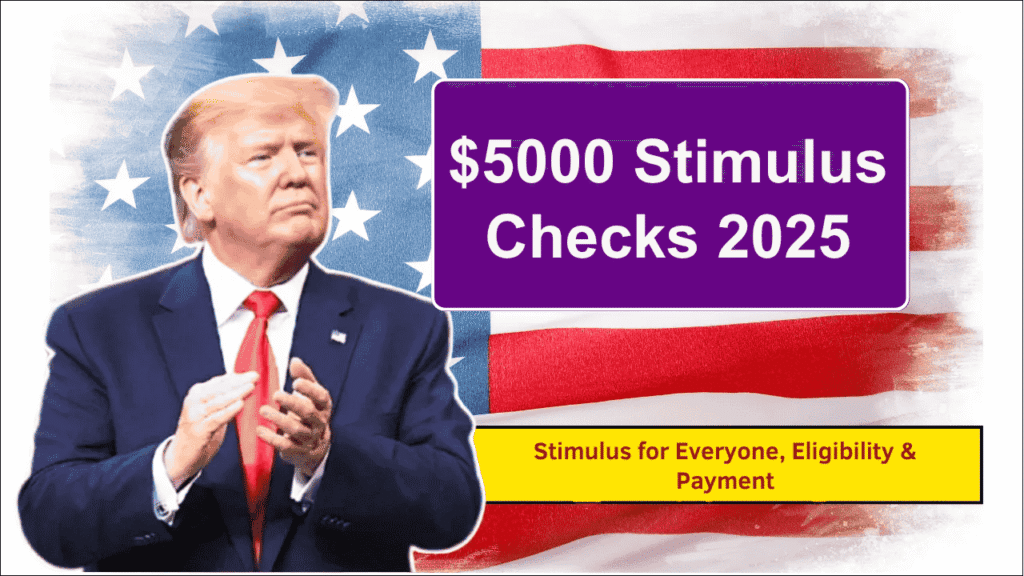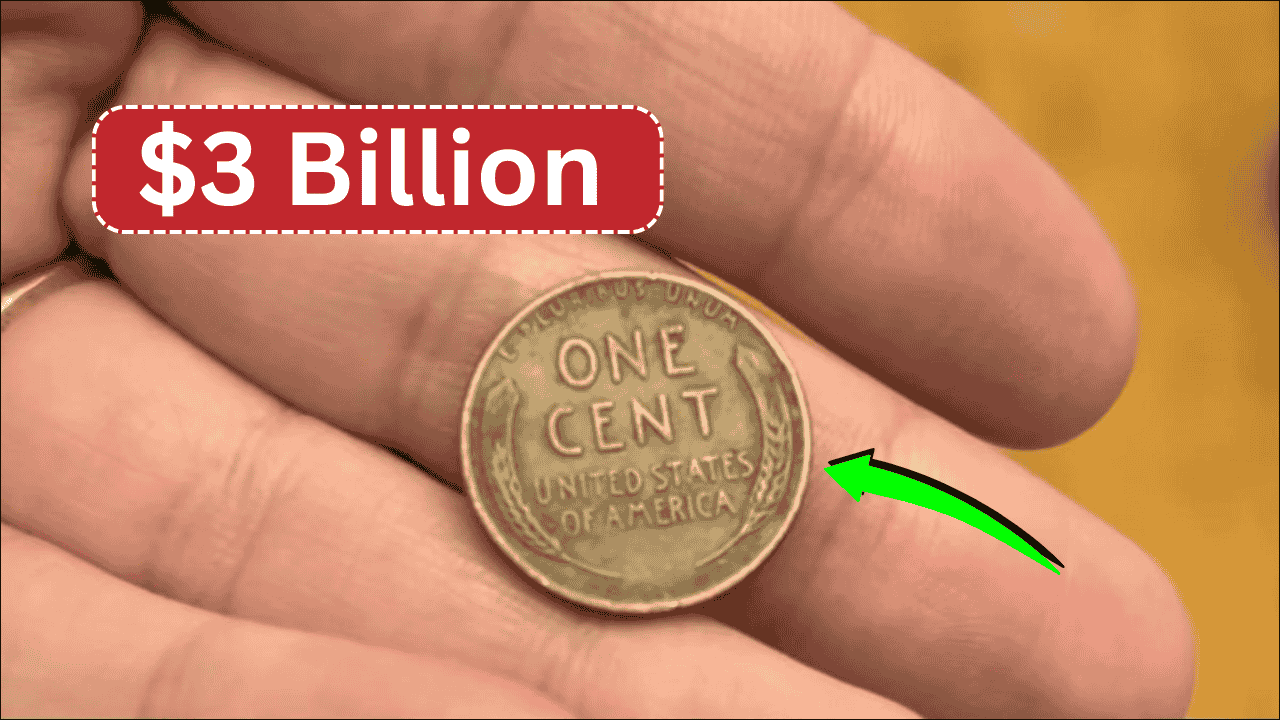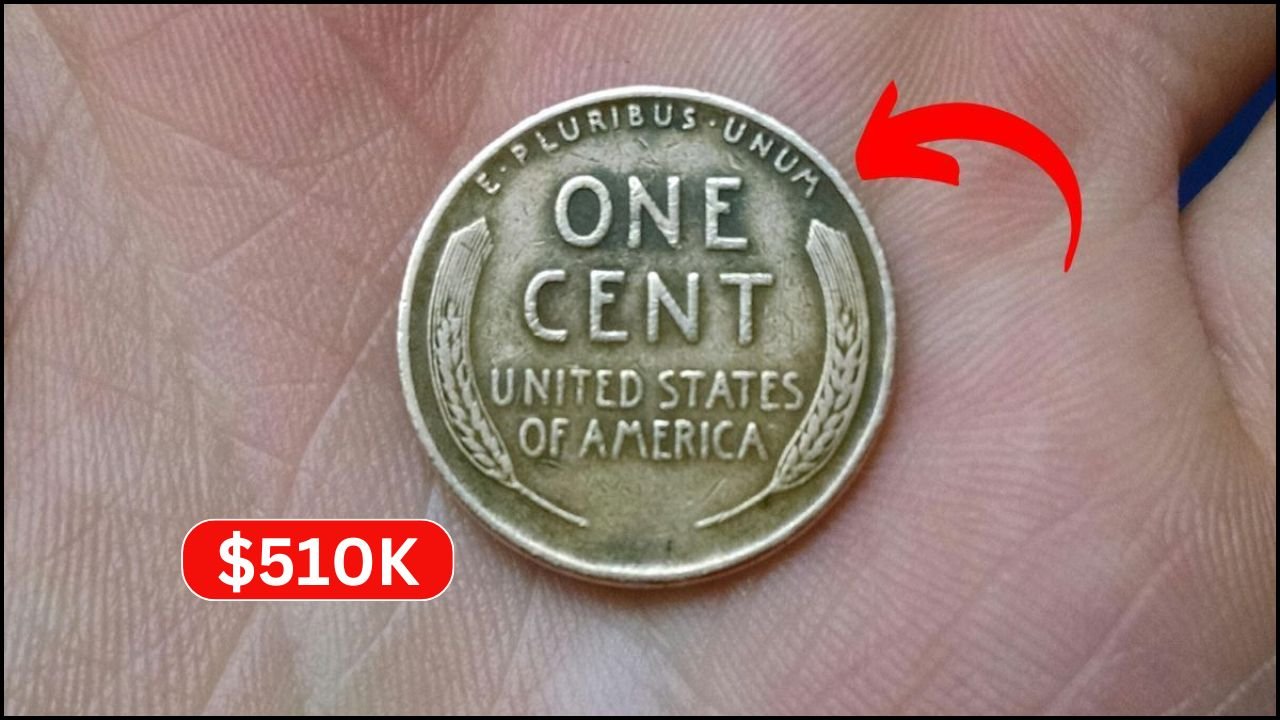
Amid rising living costs and ongoing economic challenges, discussions about a potential $5,000 stimulus payment have captured widespread attention. Known as the DOGE Dividend, this proposed payment represents a fundamentally different approach to economic relief compared to previous pandemic-era stimulus checks.
Understanding the DOGE Stimulus Proposal
The Department of Government Efficiency (DOGE) has proposed distributing $5,000 payments to qualifying Americans as part of a broader government spending reduction initiative. This proposal, backed by Donald Trump and entrepreneur James Fishback, aims to cut $2 trillion from federal spending by 2026.
The unique aspect of this program is its funding mechanism. Rather than borrowing money like previous stimulus programs, the DOGE Dividend would distribute 20% of government savings directly back to taxpayers who contribute to federal income taxes.
Key Program Details
| Program Element | Specification |
|---|---|
| Payment Amount | $5,000 per eligible person |
| Administering Agency | Department of Government Efficiency (DOGE) |
| Primary Supporters | Donald Trump, James Fishback |
| Current Status | Proposal under consideration |
| Potential Launch Date | March 2025 |
| Official Information | www.doge.gov |
How DOGE Differs from Previous Stimulus Programs
This proposed stimulus program marks a significant departure from COVID-19 relief payments in several key ways.
Funding Source Comparison
The most notable difference lies in how the program would be funded:
| Aspect | COVID-19 Stimulus | DOGE Stimulus Proposal |
|---|---|---|
| Funding Method | Federal borrowing and debt | Government spending cuts |
| Target Recipients | Low to middle-income households | Federal income taxpayers |
| Income Limitations | Phased out at higher incomes | No confirmed income cap |
| Social Security Recipients | Eligible for payments | Excluded from program |
| Payment Distribution | Automatic via IRS systems | Method to be determined |
Eligibility Philosophy
Previous stimulus programs focused on need-based assistance, targeting lower-income Americans during economic hardship. The DOGE Dividend takes a different approach by rewarding taxpayers who contribute to federal income taxes, regardless of their income level.
Projected Implementation Timeline
While the proposal has not received official approval, supporters have outlined a potential implementation schedule:
| Timeline Phase | Expected Date | Key Activities |
|---|---|---|
| Congressional Review | January 2025 | Bill introduction and debate |
| IRS Preparation | February 2025 | System setup and eligibility verification |
| Payment Distribution | March 2025 | Stimulus payments begin |
It’s important to note that this timeline is entirely dependent on congressional approval and could change significantly based on political developments.
Eligibility Requirements
The proposed DOGE Dividend would have specific qualification criteria that differ from previous stimulus programs.
Primary Eligibility Factors
Citizenship Status: Applicants must be U.S. citizens or permanent residents with legal status.
Tax Filing Requirement: Individuals must file federal income tax returns and have tax obligations to the federal government.
Income Tax Payment: Unlike previous programs, eligibility focuses on those who actually pay federal income taxes rather than those who simply file returns.
Excluded Groups
Social Security-Only Recipients: Individuals whose only income comes from Social Security benefits would not qualify for this payment.
Non-Taxpayers: People who don’t owe federal income taxes, even if they file returns, may not be eligible.
Non-Residents: Individuals without proper legal status in the United States would be excluded.
Staying Informed About the Proposal
Given the prevalence of misinformation about stimulus programs, it’s crucial to rely only on official government sources for accurate information.
Verified Information Sources
| Source Type | Recommended Websites |
|---|---|
| Tax Information | IRS.gov |
| Treasury Updates | Treasury.gov |
| Legislative Status | Congress.gov |
| Official DOGE Information | www.doge.gov |
Warning Signs of Misinformation
Be cautious of unofficial websites requesting personal information or promising advance payments. Legitimate government programs never require upfront fees or request sensitive financial information through unsolicited communications.
Preparation Steps for Potential Approval
If the DOGE Dividend receives congressional approval, taking these preparatory steps could ensure you’re ready to receive payments quickly.
Essential Preparation Tasks
File Current Tax Returns: Ensure your most recent federal tax return is filed and processed by the IRS.
Update Contact Information: Verify that your address and banking information are current with the IRS.
Monitor Official Announcements: Regularly check verified government websites for program updates and eligibility confirmations.
Maintain Documentation: Keep records of your tax filings and payment history readily available.
Potential Payment Distribution Methods
While specific distribution methods haven’t been confirmed, the program would likely follow established IRS procedures:
| Distribution Method | Likely Recipients | Processing Time |
|---|---|---|
| Direct Deposit | Taxpayers with banking info on file | 1-2 weeks |
| Paper Check | Those without direct deposit setup | 3-4 weeks |
| Prepaid Debit Card | Special circumstances | 2-3 weeks |
Political and Economic Context
The DOGE Dividend proposal reflects growing political pressure to provide economic relief without increasing federal debt. This approach aligns with fiscal conservative principles while addressing public demands for direct government assistance.
The program’s success would depend heavily on the government’s ability to achieve the proposed $2 trillion in spending cuts, which represents a substantial reduction in federal expenditures across multiple agencies and programs.
Verification and Fraud Prevention
Given the high dollar amount involved, any approved program would likely include robust verification measures to prevent fraud and ensure payments reach intended recipients.
Expected Security Measures
Identity Verification: Multi-factor authentication for online applications or updates.
Tax Record Cross-Reference: Automatic verification against IRS databases to confirm eligibility.
Banking Verification: Confirmation of account ownership before direct deposit payments.
Current Status and Future Outlook
As of now, the DOGE Dividend remains a proposal without legislative approval. Its future depends on several factors including congressional support, budget negotiations, and the incoming administration’s priorities.
The program’s unique funding mechanism through spending cuts rather than borrowing represents a significant policy shift that could influence future government assistance programs.
Action Items for Interested Citizens
While waiting for potential approval, individuals can take proactive steps to position themselves for possible eligibility:
Stay Current with Tax Obligations: Ensure all tax filings are up to date and any owed taxes are paid.
Monitor Legislative Progress: Follow congressional discussions and committee hearings related to the proposal.
Verify Information Sources: Only trust official government communications about the program status.
Prepare Financial Information: Organize tax documents and banking information for quick access if needed.
The $5,000 DOGE Stimulus Check represents an innovative approach to economic relief that could provide substantial assistance to millions of working Americans. However, its implementation remains uncertain pending political approval and successful execution of the underlying spending reduction plan.
Frequently Asked Questions
Q: Will all Americans receive the $5,000 DOGE Dividend? A: No, only federal income taxpayers qualify; Social Security-only recipients and non-taxpayers are excluded.
Q: Has the DOGE Dividend been officially approved? A: No, it remains a proposal expected to be reviewed by Congress in early 2025.
Q: How does this differ from previous COVID-19 stimulus payments? A: It’s funded by spending cuts rather than borrowing and targets taxpayers instead of being need-based.







